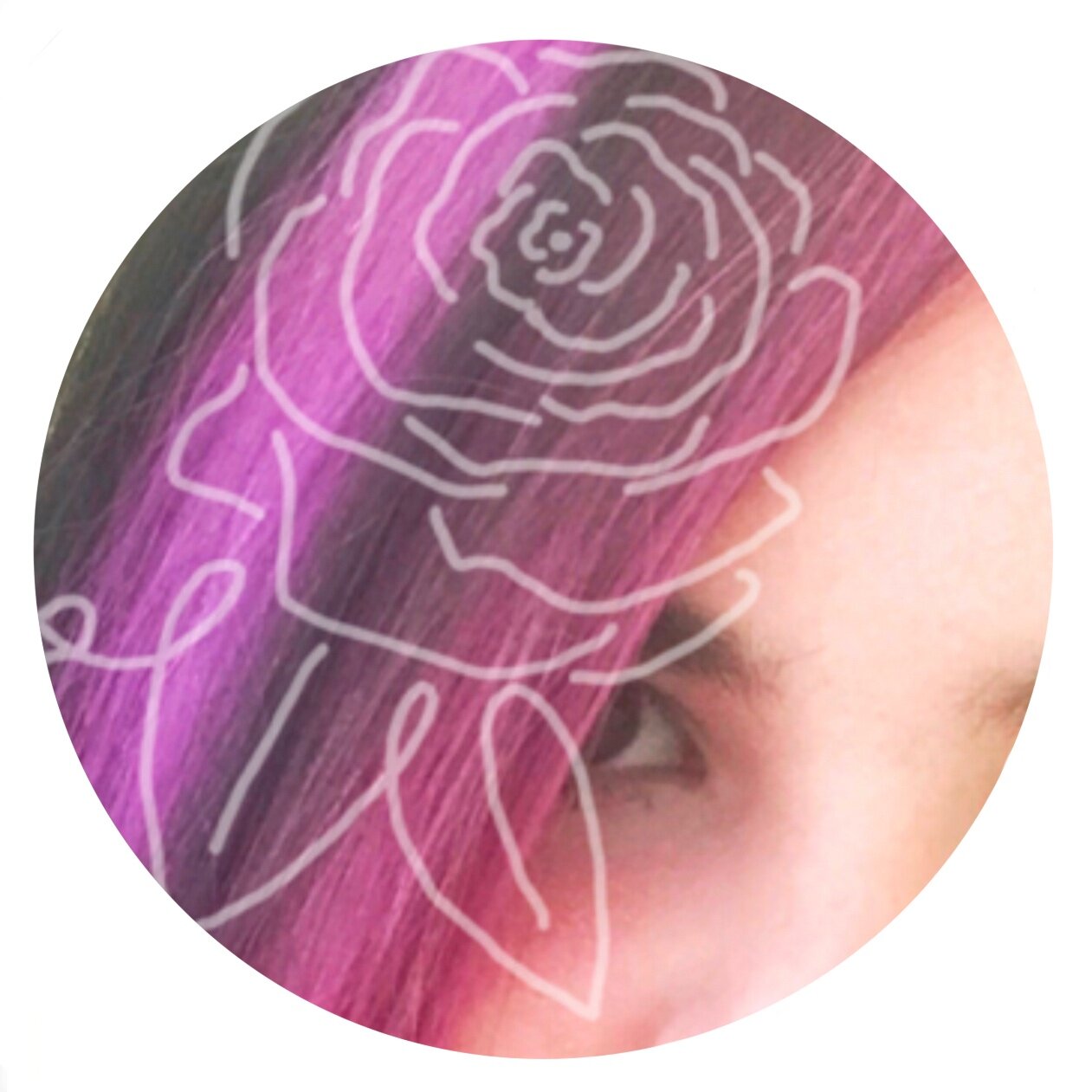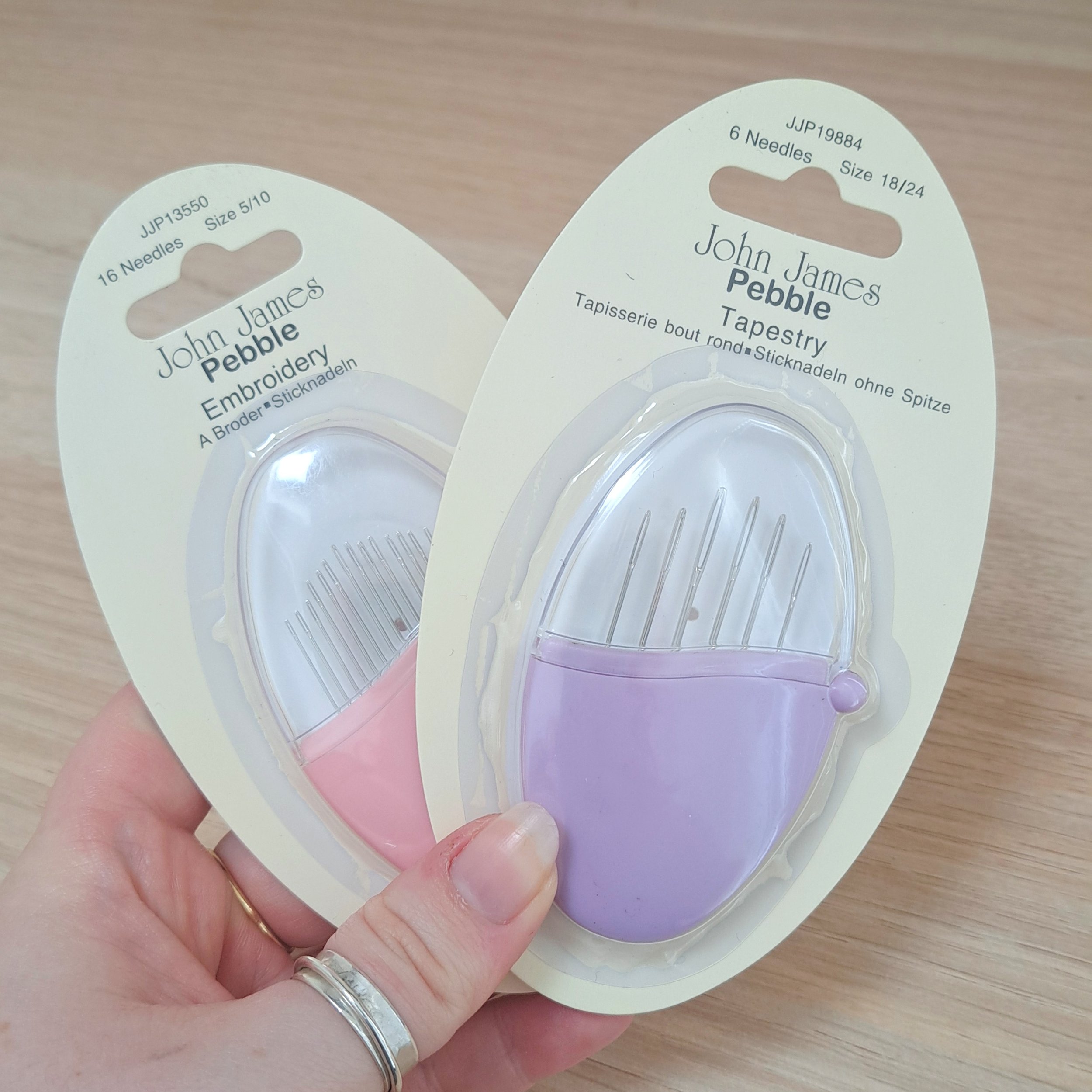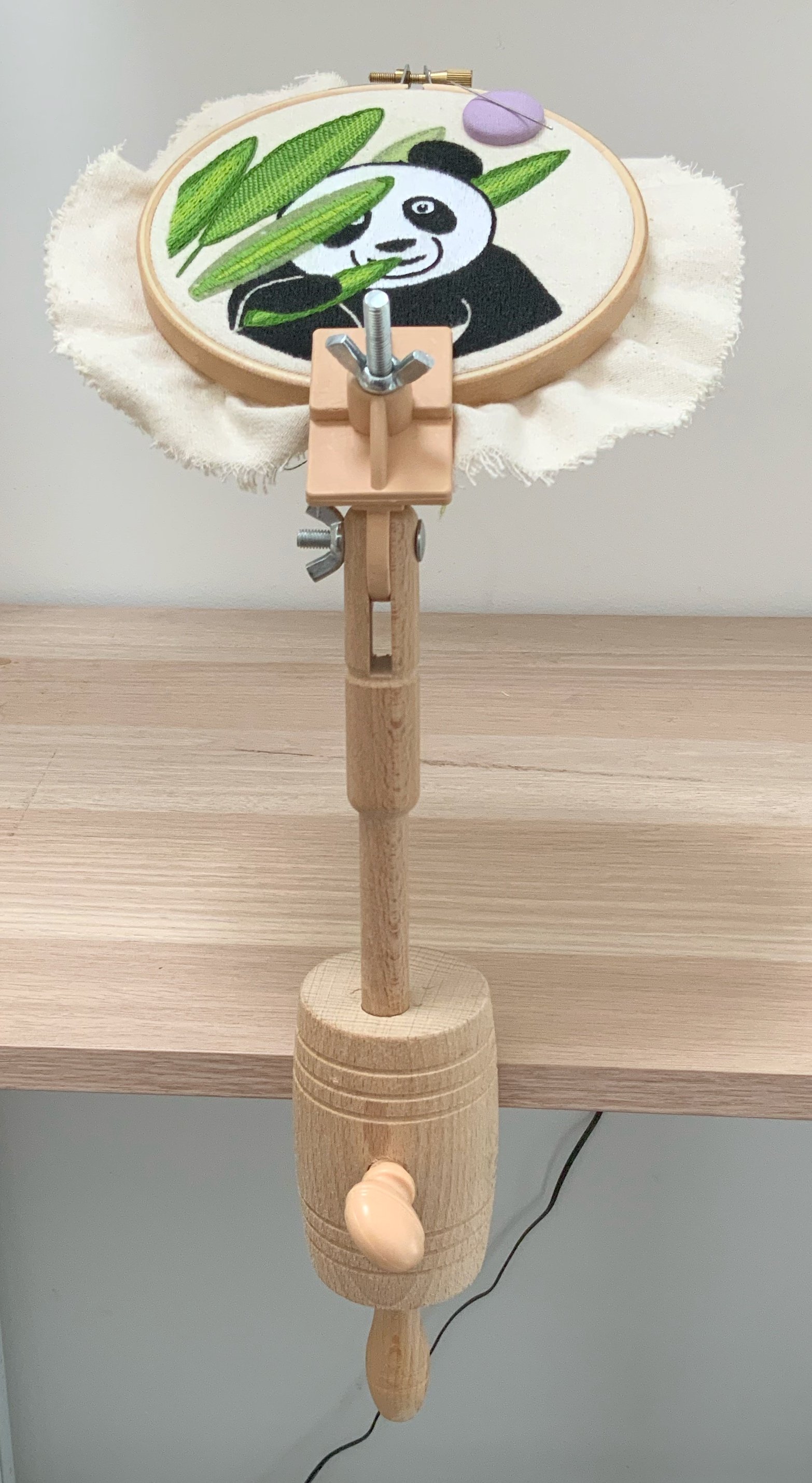Thinking of starting embroidery? Here's what you'll need!
When you’re thinking of taking up a new hobby it can be really daunting to try and work out what tools and supplies you might need! This blog post will take you through the basics of what you need for embroidery, and to be completely honest with you, I very rarely use anything that isn’t on this list even as a professional stitcher
I recommend looking for an embroidery kit first if you’ve never tried it before as this will not only give you valuable instruction it will also allow you to try embroidery without having to invest it extra supplies you might not need yet
Hoops and frames
now, I know it is possible to embroider without using a hoop or frame but its not really advisable! Here’s why a hoop or frame is so important:
keep your fabric drum tight making stitching easier
allows you to raise your work up in front of you preventing neck strain
prevents puckering
My go to hoops are bamboo embroidery hoops
They are the most affordable and versatile option
Other good options include, hardwood hoops, plastic hoops, Q-snap frames etc. It’s important to find what works for you so don’t be afraid to try different things at first!
Needles - Blunt vs. Sharp
Similarly with hoops needles are mostly a preference based thing. I say mostly because some needles are better than others but there are lots of good options out there
I use John James Needles - tapestry needles for blackwork/cross stitch and embroidery needles for, you guessed it, embroidery
The main thing to bear in mind is if you’re doing counted embroidery, blackwork or cross stitch, you’ll need a blunt needle as you’ll only be taking the needle up and down through the pre-made holes in the fabric. If you’re doing embroidery on cotton/linen or similar and are making your own holes in the fabric you’ll want a sharp needle
And that brings me nicely on to…
Fabric for Embroidery and thread painting
For embroidery and thread painting you’ll want a nice cotton blend ideally. I use cotton canvas or Kona cotton most often. If its a little thin I like to use a double layer as I find that helps to block light coming from behind my stitching and makes it harder to see any loose threads from the back of my work
Fabric for Blackwork and Cross Stitch
For counted embroidery such as Blackwork or Cross Stitch I will only ever recommend Zweigart Aida fabric. (If you’re particularly proficient and want something more delicate its worth looking into even weave or counted linen but for most Aida is the best option). Aida fabric had a grid of evenly spaced pre-made holes and the design is counted from a pattern grid onto the fabric using these holes
Aida comes in different counts. The count is how many holes per inch. I typically use 20count Aida so 20 holes or stitches per inch.
If you wanted a fabric that was not quite as fine (not all eyes are confomfortable with 20 count) then it comes in other sizes such as 18 count, 16 count, 14 count
The higher the count number the smaller the finished embroidery will turn out. I like using 20 count cause it allows to really pack in a lot of detail to a small space. You could stitch the same design on 14 count and it would be much larger and very striking from further away
Needle minders
Needle minders are a small ‘button’ with a magnet on the back. To use them you simply take the magnet off the back and place that behind your fabric in your hoop and place the ‘button’ on the front of your work
As they are magnetic they are the perfect place to store your needle when you’re not using it!
Threads
Threads are really something I would recommend shopping around for. Try out some different options and see what you like!
Typically I use DMC stranded cotton for all my work - it’s a solid go to for any project
Anchor also has some great threads and some shades that DMC lacks
If you’re using metallic threads I highly advice you to try and find braided options, they can be a bit pricier but are so much easier to work with! You can read all my tips for working with metallic threads here
Hoop Stands
I love a good hoop stand! They’re a must for me as I spend so much time stitching and are great for reducing hand, wrist and neck strain while working on larger pieces. Having said that I don’t think they are essential for all stitchers but for those who work at a desk or suffer form chronic pain they may be something you want to consider
Freestanding hoop stands (above left) are designed to be used in front of a chair. Personally I find that they don’t always raise my work up in front of me as much as I would like but they are a really versatile option
Table top hoop stands (below) or clamps (above right) are what I use most often. They sit on, or clamp to, the desk you’re sitting at and I find them great for positioning to work in front of me where I like
Scissors
You can use any scissors for embroidery! Sure teeny tiny embroidery scissors are cute and so fun to use and most embroiderers have a growing collection of them myself included… but we forget sometimes that any pair of scissors would do 90% of the time
If you’re cutting down fabric, cutting a new length of thread etc, then any sharp pair of scissors will do. however if you need to cut any mistakes out of your work then embroidery scissors should be the first port of call. The small blades with pointed tips make frogging your work so much easier and make you less likely to accidentally cut the wrong part
Well!
Now all you need to get embroidering is an embroidery pattern or simply your own imagination!
I hope this has given you a helpful list of supplies but remember, as long as you have the basics and the want to create, go for it! We don’t gatekeep embroidery here, use what you can and have and just enjoy it










